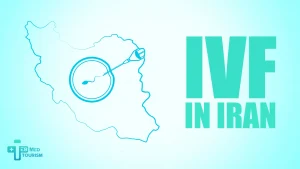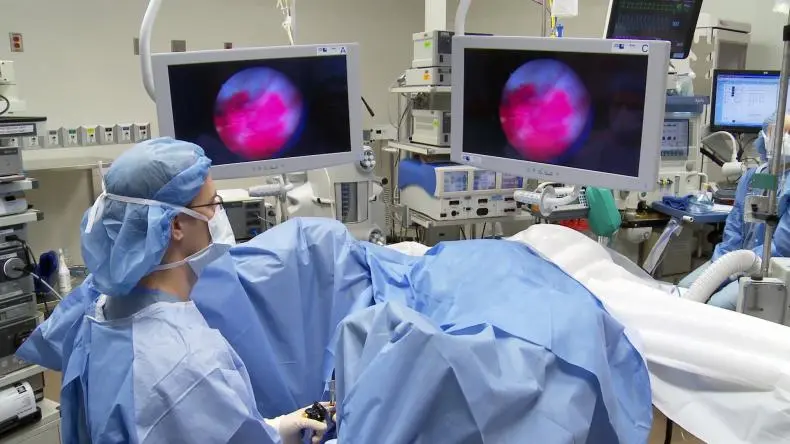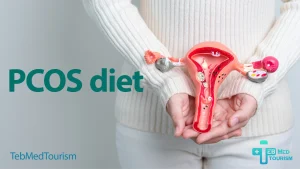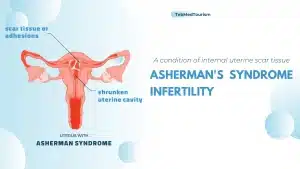What is TUL ?
Transurethral lithotomy is a common method by which a stone can be removed through a special telescope, or in special cases, a laser can be used to break the stone into very small portions. Transurethral lithotomy ( TUL ) is often performed for urinary stones.
Stages of Transurethral lithotomy (TUL)
The transurethral lithotomy procedure is performed under anesthesia in the operating room. Depending on your stone and anatomy, it can take from 30 minute to 2 hours. TUL can be very simple or quite complex. In TUL procedure, at first the doctor has to look inside the bladder and insert a special stent through the urethra. It is best to take an X-ray before the procedure (fluoroscopy). Depending on where the stone is placed, a flexible urethra-scope is placed in your urethra.
Possible complications after inserting a urethra-scope include:
- Infection
- Narrowing of the urethra
- Bleeding
Transurethral lithotomy is a successful treatment for ureteral stones, especially inferior ureteral stones.
What to do after transurethral lithotomy?
- Drink 2 to 4 glasses of liquids in a day. If you have no limitation, suggested by your doctor.
- Avoid strenuous activities.
- There is no prohibition on walking and climbing stairs.
- There is no prohibition on sex.
- slightly bloody urine is common
- Avoid heavy exercise, skipping and jumping.
- In case of fever or severe blood in the urine, the patient should see a doctor or hospital emergency as soon as possible.
- Taking aspirin, warfarin, Plavix, indomethacin, diclofenac and brofen is allowed only with the doctor prescription
TUL (transurethral lithotomy) FAQ
Who needs to undergo the transurethral lithotomy (TUL) ?
The most common symptom of ureter stone is a pain in the groin area, which is also a common symptom with a kidney stone. Therefore, for an accurate diagnosis, patients need to undergo careful diagnosis. Patients may also expriance other symptoms such as fever, chills, a limited amount of urinating, blood in urine, and nausea.
Is the type of water or region in which patients live increases the probability of transurethral lithotomy or TUL ?
Despite the overall belief, there is no clear correlation between the type or quality of water that patients take and the probability of kidney or ureter stone or necessity of TUL. In other words, boiling water or taking mineral water do not decrease or increase the likelihood of TUL occurrence.
What can trigger the transurethral lithotomy (TUL) ?
The risk factor of getting transurethral lithotomy is higher for patients with a history of kidney stone (either the patient him/herself or the family). Moreover, other risk factors, such as obesity or dehydration, can also increase the probability of transurethral lithotomy. Calcium-based diseases that can increase the rate of calcium absorption, such as inflammatory bowel diseases, can also trigger the transurethral lithotomy. Additionally, following diets with high levels of glucose, protein or salt can result in transurethral lithotomy.
What are the tests confirming the necessity of transurethral lithotomy or TUL ?
Patients with associated symptoms need to pass several tests so that the medical team can confirm the origin and possible position of the stone. Usually, these tests consist of complete physical examination and the assessment of health history. Frequent tests for a transurethral lithotomy candidate include ultrasound of kidneys (to make sure symptoms are not due to kidney stones), abdominal X-ray, MRI scan of kidneys and abdomen, retrograde pyelogram and abdominal CT scan.
What is the most common type of kidney stones and ureteral stones?
The most common type of kidney stones and ureteral stones is a calcium type. Decreasing the consumption of oxalate-rich foods, such as spinach, peanuts, beets, tomato, potato chips, and chocolate, can reduce the risk of developing calcium-type kidney stones. Moreover, treatments such as chemotherapy can result in the development of uric acid type stones, which is more probable for those who have a purine-rich diet. Purine can be found in meats, fish, and shellfishes.
What are the factors to prevent the necessity of transurethral lithotomy?
What type of diet can be helpful in the prevention of transurethral lithotomy?
Just like other diseases, transurethral lithotomy (TUL) can also be avoided with a proper diet and a healthy lifestyle. In this regard, the most important factor is hydration. Passing at least 2.6 quarts of urine per day by drinking adequet amount of water can be helpful in flushing kidneys and the prevention of forming stones. Taking other types of fluids, such as soda and citrate fruit juice, can be helpful in this regard. Oxygen-rich food with a reduced amount of animal protein and salt is also beneficial in the prevention of transurethral lithotomy.













